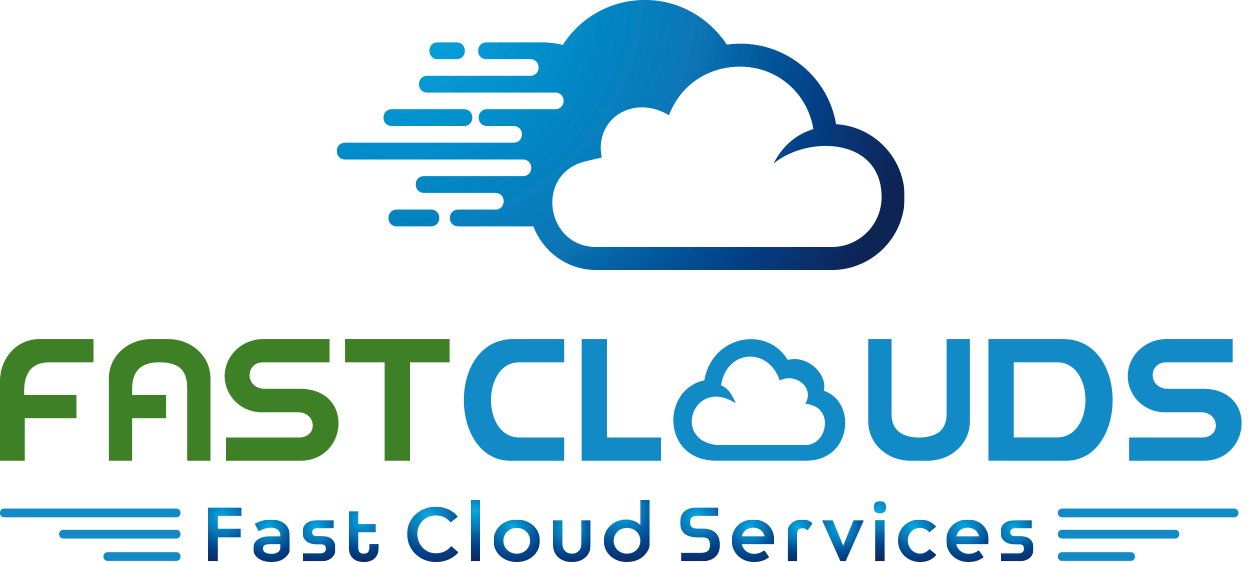
In the intricate landscape of setting up a website, the interplay between domain names and hosting services often takes center stage. A remarkable facet of this process is the ability to acquire hosting without an immediate commitment to a domain name. This practice facilitates a strategic approach, allowing aspiring website owners to secure hosting services before finalizing their domain selection. Hosting providers extend this flexibility, understanding that the embryonic stages of website conception might require more time for the perfect domain name to emerge. By opting for hosting sans a domain, you embark on a journey of laying down the digital groundwork.The process of purchasing hosting devoid of a domain name is straightforward, embracing a pragmatic methodology. Initially, you explore a hosting provider’s array of plans, assessing their resource allocations, technical support, and scalability. With your chosen plan in tow, you initiate the acquisition, securing a designated space within the provider’s servers. This space is akin to a digital canvas, awaiting the vibrant strokes of your website’s content. At this juncture, the domain name remains a placeholder, an unfilled mold that will eventually encapsulate your website’s essence.Once you’ve procured the hosting plan, you’re bestowed with an array of resources to wield. This spectrum of tools and capabilities grants the means to construct your website from scratch, curate it with various content forms, and fine-tune its aesthetic and functional elements. As you thread this creative journey, your website begins to take form, its heart pulsating through lines of code and multimedia arrangements.The separation of hosting and domain acquisition is a strategic maneuver that finds resonance within the dynamic realm of digital strategy. It caters to the pragmatic realization that selecting a domain name is an art form in itself—a creative endeavor that demands alignment with the website’s essence, purpose, and brand identity. With hosting services in hand, you have the freedom to ruminate over domain possibilities, crafting a web address that harmonizes with your website’s narrative. Once your domain name is ready, you seamlessly link it to your pre-established hosting space, merging the ethereal with the concrete, and actualizing your online presence.In conclusion, the ability to buy hosting without a domain name unfurls a tapestry of strategic opportunities. It’s a process that acknowledges the intricate dance between conceptualization and manifestation, offering the canvas of server space to budding websites while their domain identities blossom.

Hosting your own website can be a rewarding endeavor, providing you with full control over your online presence. While it requires some technical knowledge, patience, and resources, hosting your website allows you to customize every aspect to your liking.Choose Your Setup: Decide whether you want to host your website at home or on a remote server. Hosting at home involves setting up a web server on your computer, while remote hosting requires renting a virtual private server (VPS) or a dedicated server from a hosting provider.Decide on Hosting Software: For hosting at home, you’ll need server software. Popular options include Apache, Nginx, and LiteSpeed. For remote hosting, your provider will typically offer software options for you to choose from.While hosting a website on your own computer is possible, the process requires advanced technical knowledge and more resources. You should understand how to set up a WWW server – software allowing Internet users to access website files on your computer – and the computer must stay on at all times, as the website will be unavailable if it turns off or reboots.Save money and time by opting for Hostinger’s hosting services. Let us do the work, so you can focus on your passion.Select a Domain Name: Choose and register a domain name that reflects your website’s content and purpose. Use a domain registrar to purchase and manage your domain.Decide whether you want to host your website at home or on a remote server. Hosting at home involves setting up a web server on your computer, while remote hosting requires renting a virtual private server (VPS) or a dedicated server from a hosting provider.For hosting at home, you’ll need server software. Popular options include Apache, Nginx, and LiteSpeed. For remote hosting, your provider will typically offer software options for you to choose from.Hosting your own website can be a rewarding endeavor, providing you with full control over your online presence. While it requires some technical knowledge, patience, and resources, hosting your website allows you to customize every aspect to your liking.

Website hosting is the backbone of your online presence, enabling your website to be accessible to users across the internet. Understanding how website hosting works is essential for anyone looking to establish a digital footprint, whether it’s a personal blog, a business website, or an online store. In essence, website hosting involves storing your website’s files and data on a server, making them available to visitors who type in your domain name.Server basics a server is a powerful computer that’s always connected to the internet. Hosting companies maintain these servers in data centers, equipped with high-speed internet connections, backup power supplies, and security measures to ensure continuous website availability.Uploading Website Files: When you create a website, you generate various files such as HTML, CSS, JavaScript, images, and videos. These files collectively form your website’s content. These files need to be uploaded to a server for others to access.Domain Name System (DNS): Every website has an associated domain name (e.g.,
www.example.com). When a user enters your domain name in their web browser, the browser sends a request to a Domain Name System (DNS) server to translate the human-readable domain into an IP address, which is a unique numerical identifier for a server.Hosting Servers and IP Address: The DNS server directs the request to the hosting company’s server associated with your domain name. Each server has an IP address. Think of this like the street address of a physical location on the internet.Retrieving Website Content: Once the browser knows the IP address, it connects to the hosting server and requests the website’s files. The server then sends the requested files back to the browser, which assembles and displays the web page to the user.



